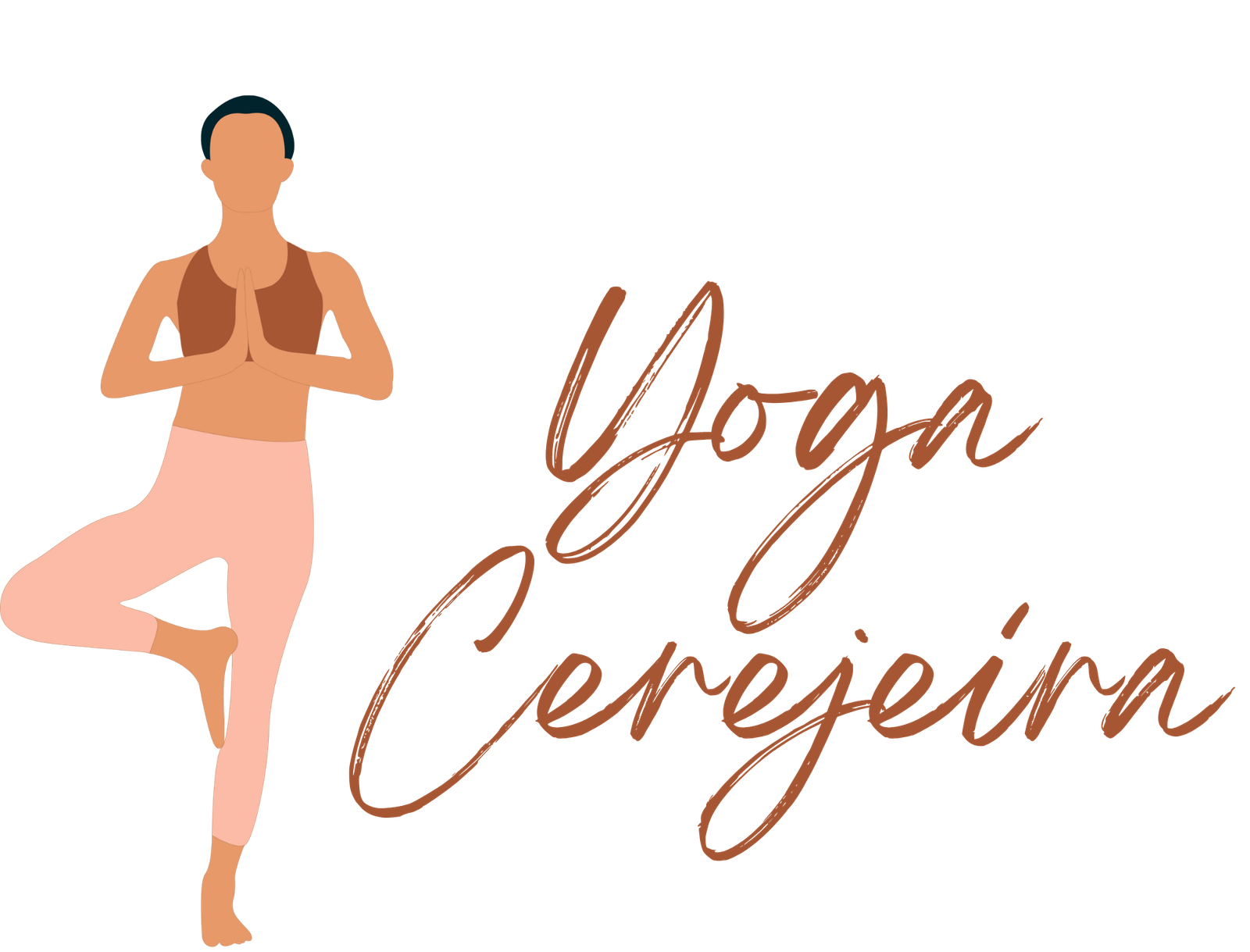3 Essential Yoga Postures to Stretch the Iliopsoas
Why Stretching the Iliopsoas is Important
The iliopsoas muscle, often referred to as the “muscle of the soul,” is one of the most important and powerful muscles in the human body. It plays a crucial role in our physical well-being, influencing posture, flexibility, and overall stability. But beyond its physical attributes, the iliopsoas holds a deeper significance in yoga and holistic health, often linked to emotional and spiritual well-being.
Understanding the Iliopsoas
The iliopsoas is actually a combination of two muscles: the iliacus and the psoas major. These muscles originate from the lower spine and pelvis and attach to the femur (thigh bone). Their primary function is to flex the hip, allowing us to lift our legs and bend at the waist. This muscle group is essential for activities such as walking, running, and maintaining an upright posture.
The psoas, in particular, is unique because it connects the spine to the legs, influencing the alignment of the spine, pelvis, and legs. When the iliopsoas is tight or weak, it can lead to a range of issues, including lower back pain, pelvic instability, and poor posture. However, the significance of the iliopsoas goes beyond its physical functions.
The Muscle of the Soul
In yoga and Eastern philosophy, the iliopsoas is often considered a bridge between the mind and body. It is closely associated with the sacral chakra, which is linked to emotions, creativity, and our sense of security. Tension in the iliopsoas can be a physical manifestation of emotional stress, trauma, or anxiety. When we experience fear or stress, our body’s natural response is to tighten the psoas, which can lead to chronic tightness and discomfort.
Because of this connection, the iliopsoas is sometimes referred to as the “muscle of the soul.” Releasing tension in this muscle through yoga and mindful movement can help us unlock emotional blockages, release stored stress, and restore a sense of balance and calm in both body and mind. Therefor I’ll tell you about this three asana’s which can benefit the Iliopsoas.
1. Low Lunge (Anjaneyasana)

Low Lunge is an excellent pose for stretching the iliopsoas. To practice this asana:
- Begin in a standing position (Tadasana), then step one foot back, coming into a lunge position with the front knee bent at a 90-degree angle.
- Lower the back knee to the ground and rest the top of the back foot on the mat.
- Gently push your hips forward, feeling a stretch in the front of the hip and the thigh of the back leg.
- Raise your arms overhead, lengthening the spine and opening the chest. Hold the pose for several breaths, then switch sides.
2. Warrior I (Virabhadrasana I)

Warrior I is another powerful pose that stretches the iliopsoas while building strength and stability:
- Start in Tadasana and step one foot back, turning the back foot out slightly while keeping the front foot facing forward.
- Bend the front knee so that it is directly above the ankle, and press firmly through both feet.
- Square your hips toward the front of the mat and lift your arms overhead, reaching towards the sky.
- As you hold the pose, focus on lengthening through the spine and feeling the stretch in the hip flexors of the back leg. Switch sides and repeat.
Error: No feed with the ID 1 found.
Please go to the Instagram Feed settings page to create a feed.
3. Bridge Pose (Setu Bandhasana)

Bridge Pose not only strengthens the back body but also stretches the hip flexors, including the iliopsoas:
- Lie on your back with your knees bent and feet flat on the floor, hip-width apart.
- Place your arms by your sides with palms facing down.
- Press into your feet and lift your hips towards the ceiling, engaging your glutes and hamstrings.
- As you lift, you’ll feel a stretch in the front of the hips. Hold the pose for several breaths before gently lowering your hips back down.
Muscle of the soul
The iliopsoas is much more than just a physical muscle; it is deeply connected to our emotional and spiritual well-being. By incorporating yoga asanas that target this powerful muscle, we can release physical tension, alleviate pain, and create space for emotional healing and growth. As you continue your yoga practice, pay attention to the sensations in your iliopsoas, and remember that working with this muscle can help you connect more deeply with your inner self—the true essence of the “muscle of the soul.”
